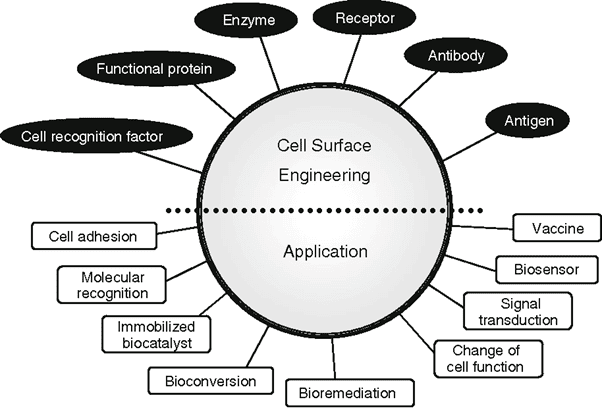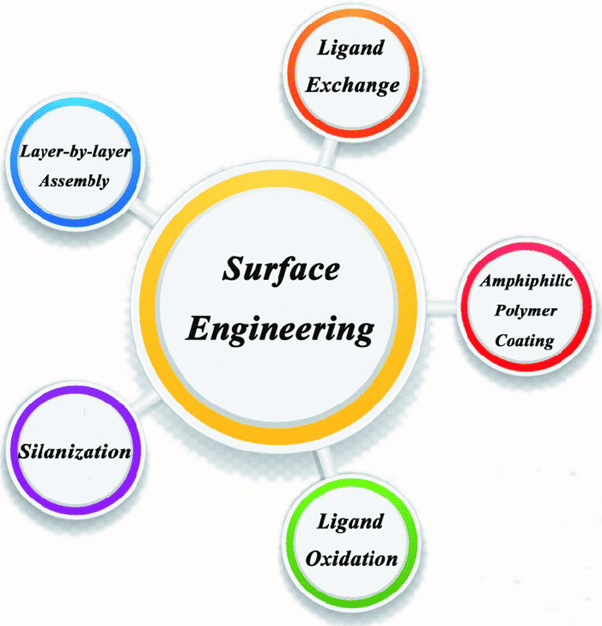With a wide and diverse range of applications, surface engineering processes have long been used as a means of improving the surface qualities of a material. Surface engineering processes can be applied to both metals and non-metals, making them versatile methods of treating substrates. Whether it’s for reasons of cost, performance, extending the life of use or simply for aesthetic purposes, it’s hard to think of a manufactured product that hasn’t undergone this process in some form.

Three Means Of Modification
The processes used for modifying surface properties can be broadly grouped into three categories:
1. Without Chemical Alteration
This is achieved through thermal or mechanical processes and affects the surface texture or metallurgy of the material.
2. Surface Chemistry Alteration
This process modifies the material’s surface by introducing new elements through diffusion. The material of the product will affect the process of creating the modified new surface.

3. Coating with New Material
This adds a new material to the substrate without modifying the substrate at the surface. This results in a surface coating.
The process of surface engineering may draw on techniques from one or more of these categories.
Ten Surface Engineering Processes
Beyond these three main types, there are many means of surface engineering. Here are ten of the popular processes. You can learn more about the subject here: https://www.staff.ncl.ac.uk/s.j.bull/SENotes.html
1. Aqueous Electrolytic
This process includes techniques such as electroplating metallic coatings, anodising aluminium or titanium substrates or electropolishing stainless steels. More information can be found at sites such as anodising.
2. Aqueous Non-Electrolytic
Commonly used for a range of colouration purposes, such as steel “blacking”, this process also includes mechanical plating, phosphating and passivation, as well as pickling and cleaning processes.
3. Electroless
Used for substrates such as copper, nickel, gold and tin, this process uses chemical reduction rather than electrolytic power.
4. Heat Treatment
In this process, substrates can benefit from hardening, softening and stress reduction through the application of heat and sometimes gases. The structure and chemical qualities of the material may be altered, particularly where specific surface qualities are required.
5. Galvanising
This process sees materials containing iron being dipped in molten zinc, or zinc alloys, in order to create a thick surface coating. The result is a good protection against corrosion.
6. Tinning
Another process for ferrous materials, this involves dipping the item in molten tin or tin alloys to create a thick layer of surface coating.
7. Organic (Liquid)
This process sees solvent or water-based coatings containing metal or pigments applied by a variety of means, such as dipping, spraying or flow-coating. Water-based coats may be applied through auto-catalytic or electrophoretic techniques.
8. Organic (Powder)
In this process, powders are applied dry through electrostatic spray or fluidised bed methods.
9. Metal Spraying
Here metals are applied to the material’s surface through heat, plasma or arc techniques.
10. Vitreous Enamelling
Liquid containing metallic glass is applied to materials containing iron through means of spraying or dipping.
